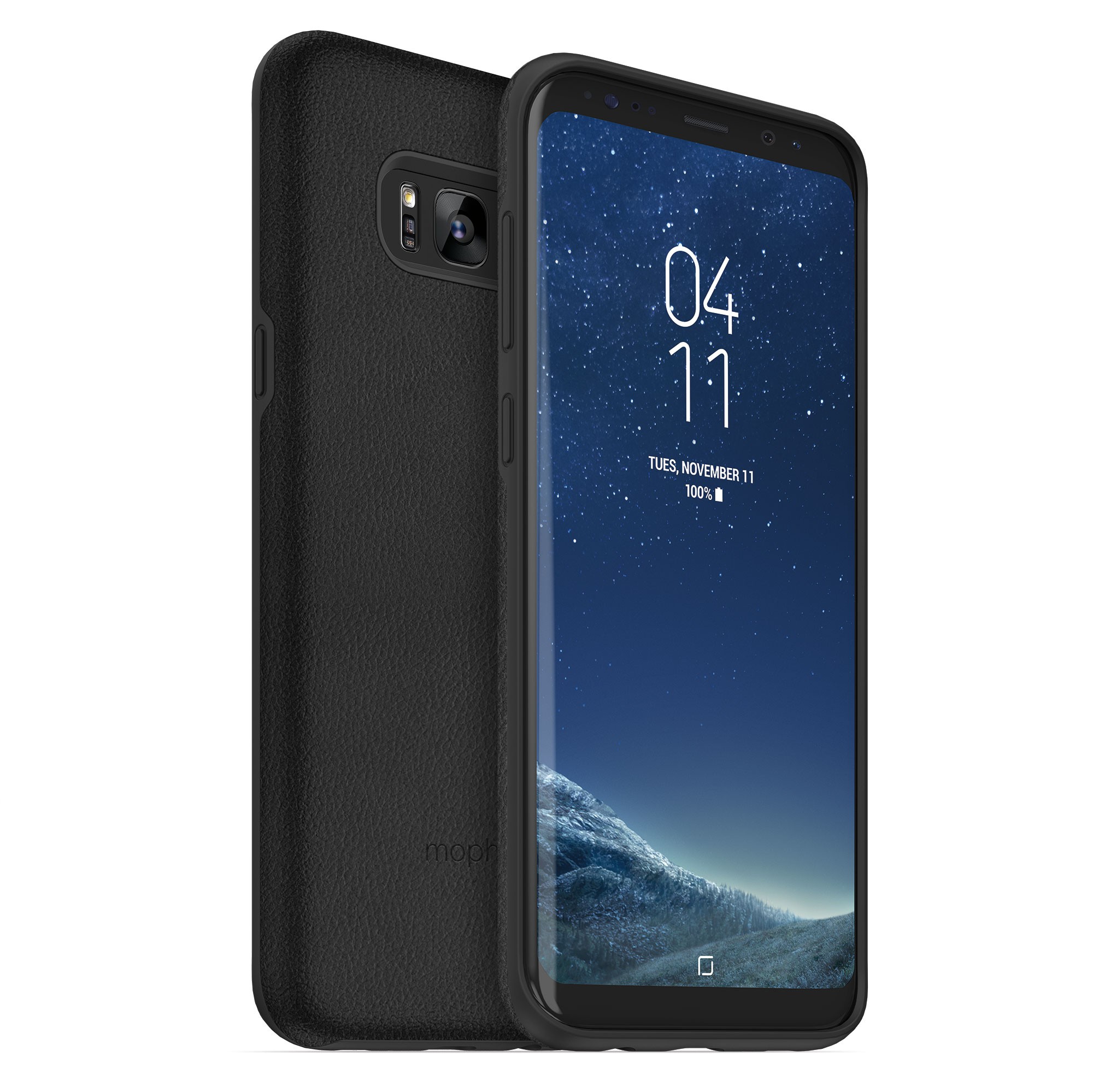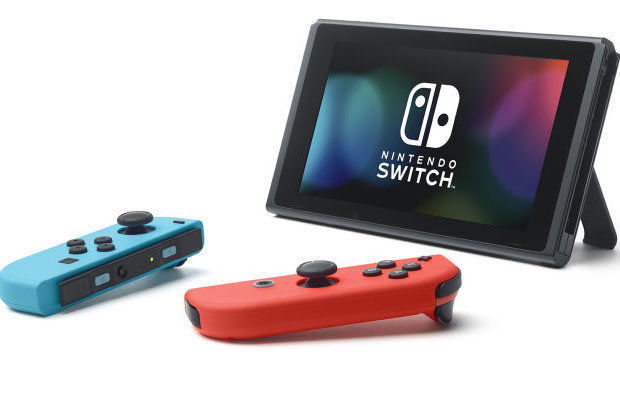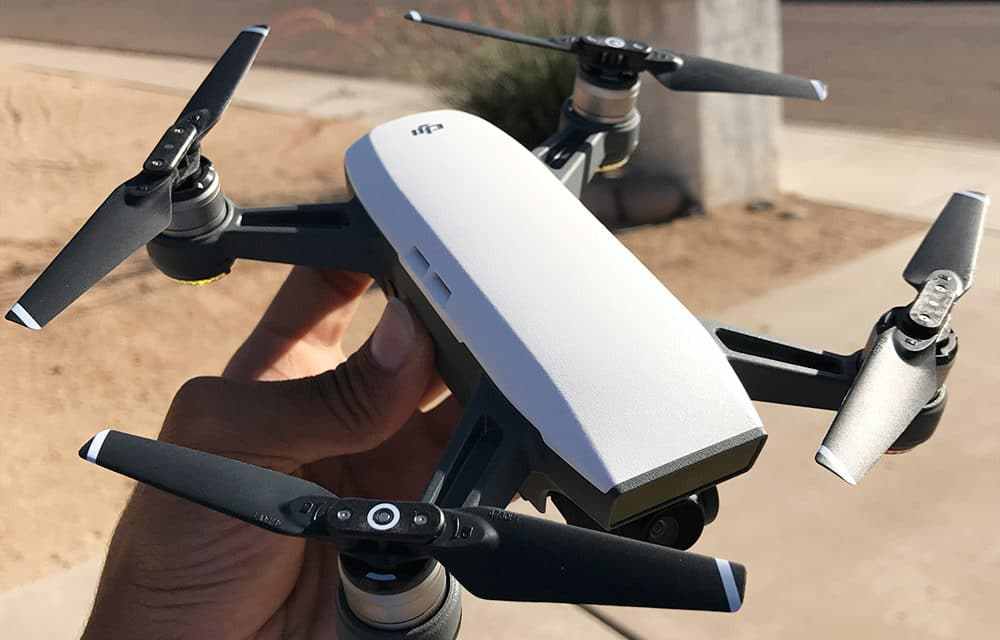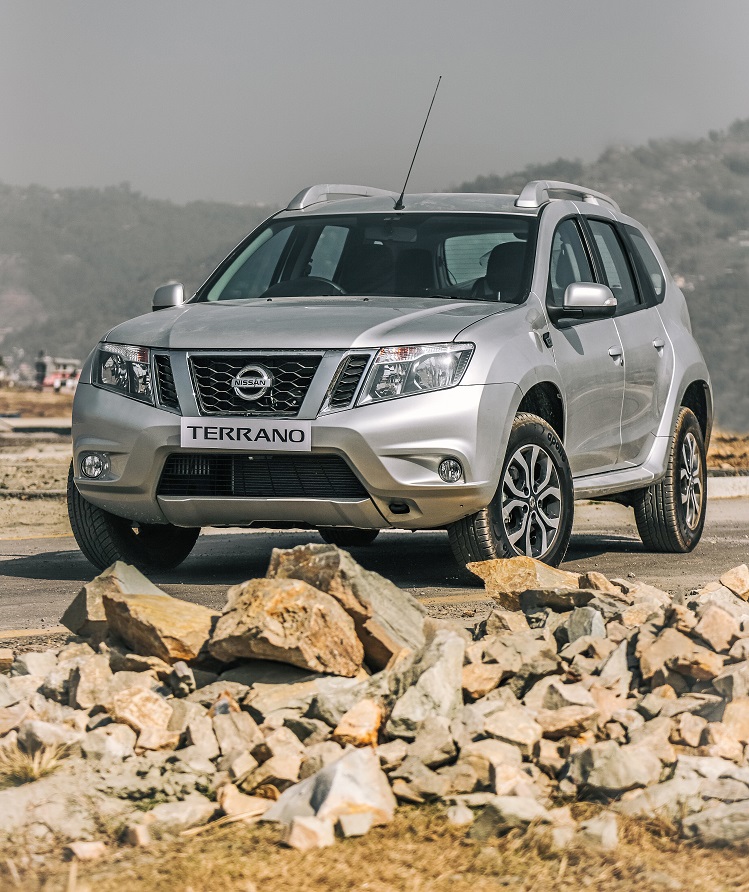Three iconic products of 2017
With many companies showing off really interesting technology at the recent 2018 International Consumer Electronics Show, we can rest assured 2018 will see exciting developments in consumer electronics. From foldable TVs to augmented reality glasses, there is plenty to look forward to in 2018, but at the cusp of the year, it is worth looking back at the products of 2017 that have, undoubtedly, paved the way for the future. Here are a few of them:

- Samsung Galaxy S8 and S8+ (Rs 70,000-90,000)
One of the most important devices of 2017, Samsung’s flagship phone redefined a smartphone’s look and feel by coming up with a phone with 83.6 percent screen-to-body ratio. With many companies like Sharp and Xiaomi experimenting with the bezel-less designs, bezel-less smartphone had been a hot topic of discussion online. While Sharp’s Aquos Crystal and Xiaomi’s Mi Mix did create buzz among technology enthusiasts, it was Samsung’s bezel-less version that pushed the ‘enthusiast technology’ into mass market. Everything about the S8 Edge spells well-thought out design. There hasn’t been a compromise on any front-facing functionality, unlike many of the other devices that resort to experimental new technology. While there are some rough edges in design, like the awkwardly placed fingerprint sensor, overall, the Samsung Galaxy S8 is a refreshing rejig of smartphone design.

- Nintendo Switch (Rs 45,000-50,000)
There has always been a stark divide between portable gaming and console gaming. Consoles are known for their graphical performance and gaming complexity while portable consoles are better suited for light gaming on the go. Even powerful portable gaming consoles like the PSP does not have the graphical or logical compute performance to back bigger triple-A titles. It wasn’t until Nintendo’s release of the Switch in early 2017 that a truly hybrid console experience was achieved. The Switch effortlessly changed between portable and console gaming modes, as per the gamer’s preference. The Switch, however, still can’t compete with more performance-driven consoles like the Playstation 4 or the Xbox One. But seen through Nintendo’s aesthetic approach to gaming, the Switch manages to produce a great looking, utterly novel and remarkably fun gaming experience. Paired with games like The Legend of Zelda: Breath of the Wild, the Nintendo Switch carves out an exciting new niche in gaming.

- DJI Spark (Rs 65,000- Rs 85,000)
In mid-2017, DJI announced their affordable Spark drones. While up to this point drones needed a controller to navigate, the Spark introduced a new gesture feature that made controlling the drone and interacting with it effortless. With a really affordable price tag of $500, the DJI Spark instantly launches from your palm and reacts to your palm controls. Intelligent enough, the drone also positions itself for automatic framing of pictures and videos and even recognizes and reacts to obstacles in its flight path. Considering the affordability and ease of use of the Spark, drones might further penetrate the mass market in 2018. Looking back at 2017, there have been countless other revolutionary products that defined the year. But considering just how innovative the past year has been for consumer electronics, we can’t help but look into the future with great expectations.
(Figures mentioned are the average market prices)
Nissan Terrano: Fashionably Late

Greetings, fellow readers and auto enthusiasts. This is where you’ll find the latest and most riveting information from the Nepali auto-world every week. And to start things off, we bring to your attention the Nissan Terrano, which has finally arrived in Nepal. Let’s get the show rolling with a little general market information. Pioneer Moto Corp is now the sole authorized distributors of Nissan Motor Co. Ltd. in Nepal. It hasn’t been long since the dealership changed hands from the Dugar Brothers & Sons Pvt. Ltd., which is probably why there are many people who still don’t know about it. Now that we have that snippet of market knowledge out of the way, let’s dive right in.
Mechanically, the Nissan Terrano is identical to the Renault Duster. In fact, Nissan rebadged the Duster to fill a void in their product portfolio, cleverly slipping into the vastly popular and competitive Compact SUV segment. However, it does come with significant cosmetic changes to the front and rear, and many have agreed that it is the more handsome of the two siblings.
Exterior and Design
Up front, a honeycombed grille divided into three parts by vertical chrome slats are flanked by boxy twin-barrel head lamps. It assumes a wide stance, which adds to the burly demeanor of the Terrano and it looks more like a proper SUV compared to its competitors in the market. Truth be told, its small stature is probably the only thing that doesn’t give it the street cred to strut with the SUVs. Adding a spare tire to the boot lid would have further helped the case.
More noticeable changes compared to the Duster can be observed in the rear that gets redesigned tail lamps and sheet metal changes. The side profile remains pretty much unchanged.
Interior and Styling
It’s a spacious affair inside the Terrano’s cabin. There is plenty of legroom and shoulder room for all passengers, even if you’re on the bigger side of the size spectrum. You can comfortably accommodate three people in the rear passenger seat.
Fit and finish of the interiors are also good, but not incredible. It doesn’t exude premium quality but you wouldn’t exactly deem it shoddy either. The seven-inch touch screen infotainment system works great; it would have been even better if it were angled slightly upward for easier access. The climate-control knobs do what they’re supposed to and the controls for the audio and telephony are mounted onto the steering column. While we’re in this vicinity, it’s worth quipping that a chunkier steering wheel would have added to the SUV-ish appeal of the Terrano.
Moving on, the soft touch dashboard gets a two-tone treatment with a black upper half and a brown lower half. The leather seats are very comfortable and provide plenty of support, the foldable armrest for the driver seat being a very welcome addition to the entire driving experience.
Also, the large boot is big enough for a family’s luggage compartment needs for a weekend getaway.
Ride and Handling
Up until now, the Nissan Terrano has earned pleasing marks in terms of the exterior designs and the interior styling. Performance then, takes it to the next level. You get two engine options—a 1.6 liter four-cylinder petrol motor or a 1.5 liter diesel (we were behind the wheels of the latter). On the tarmac, the Terrano performs well. Delivering a respectable 85PS @3750rpm and 200Nm @ 1750 and decked out with features like ABS, EBD (Electronic Brakeforce Distribution) with BA (Braking Assistance) it is a pleasure to drive.
Thanks to its smooth revving engine, the Nissan Terrano covers ground well. However, for best results, you will want to build up the revs past 2000rpm as the lag will bother you if you’re on the inclines or lugging around in second or third gear. There is minimal body roll and you can easily hit triple digits on the speedometer in the Bhaktapur Highway stretch (we of course didn’t try that because of the speed regulations, and we’d suggest you didn’t either; we’re just saying that if you wanted to, you could.). You’re rarely ever left feeling a lack of power. That being said, it isn’t a speedster either; nor does it claim to be.
Where it truly excels in though, is when you’re faced with undulating road surfaces, which are aplenty in Nepal. The Nissan Terrano soaks up the bumps splendidly and it performed brilliantly when put against massive potholes and rough terrain. Boasting of a 205mm ground clearance, it undertook minor offroading duties with ease. And in its price segment, there are few other vehicles that do the job of flattening rough roads as well as the Terrano.
Overall, Nissan have nailed the suspension’s ride and handling balance, making the Terrano a great car to drive.
The verdict
Let’s look at the critical points here. Is it an ultra-premium offering from the Nissan roster chock filled with frills and bangs? No. Nevertheless, at this price segment it offers a whole lot, especially in terms of the driving experience and robustness. A tiny bit of lag aside, the Terrano is an absolute all-rounder, capable of on-road and mild off-road prowess. And, it doesn’t look all that bad either.
However, it is coming into a segment with cut-throat competition and it is arriving pretty late. That means it has to be ready to lock horns with the likes of the Renault Duster, Ford Ecosport, Suzuki Brezza, and the soon to come Tata Nexon. It does have the Nissan badge playing to its advantage, which is a huge plus in our market that is loyal to Japanese manufacturers. But is it leverage enough for Pioneer Moto Corp to triumph? That is yet to be seen.

















